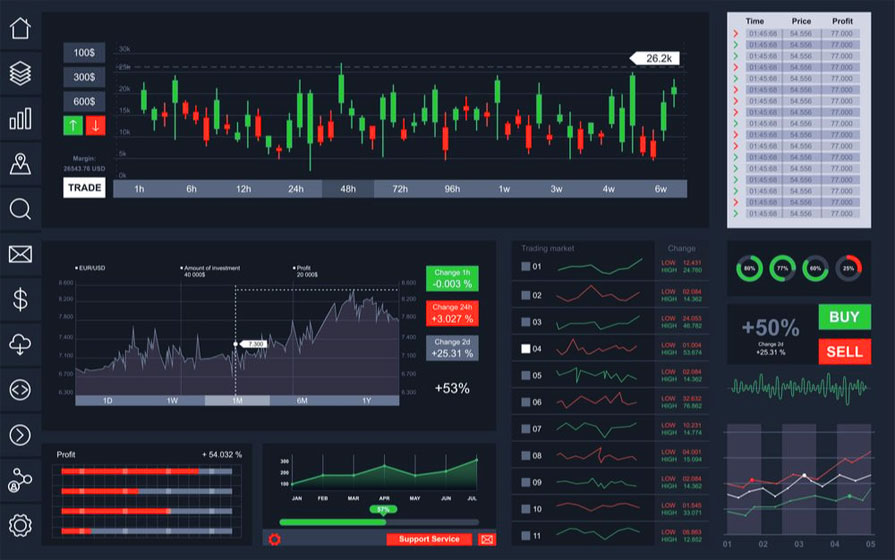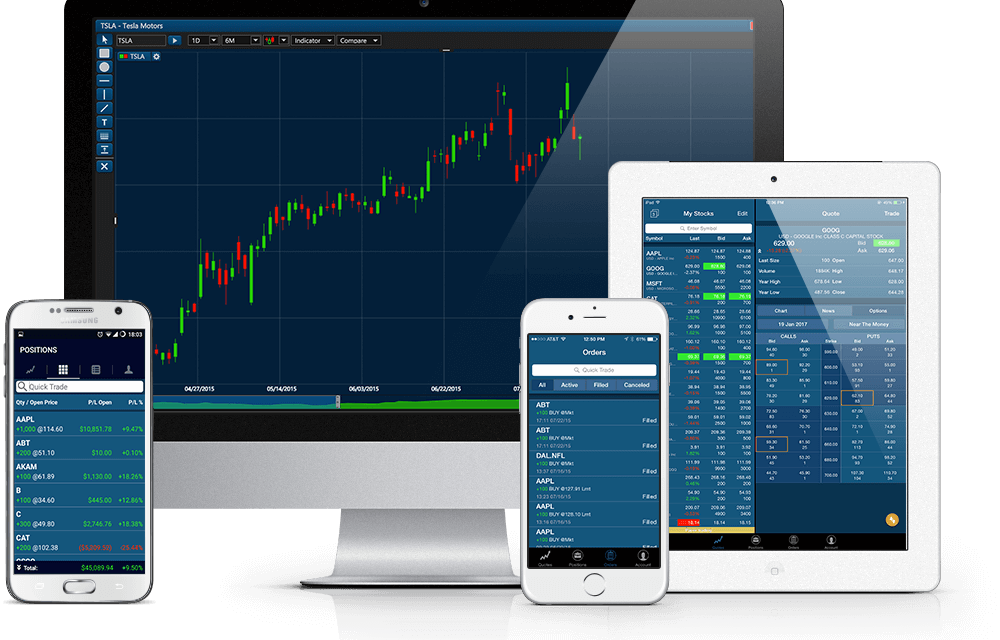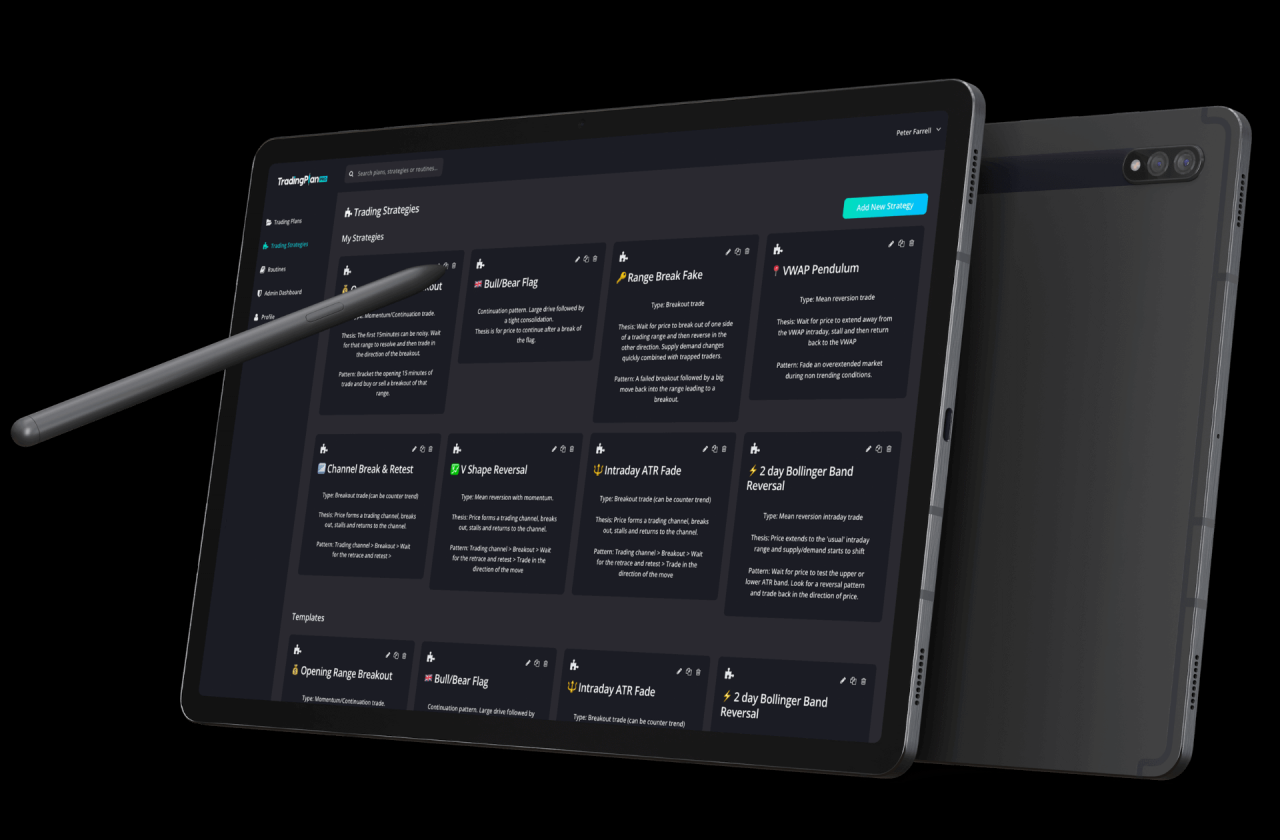Trading plan software serves as your essential toolkit for navigating the complex world of trading. Whether you’re a seasoned trader or just starting out, having a structured plan is crucial for success. This software not only helps you craft a personalized trading strategy but also streamlines your trading process, allowing for better decision-making and risk management.

From tracking performance and analyzing market trends to backtesting strategies, trading plan software encompasses a range of features that cater to the unique needs of traders. By leveraging technology, you can enhance your trading efficiency and focus on what truly matters: making informed trades in a fast-paced market environment.
In the ever-evolving landscape of technology and communication, the way we connect has transformed dramatically. Gone are the days when a simple phone call or handwritten letter sufficed. Today, we find ourselves immersed in a digital world, where social media, instant messaging, and video conferencing dominate our interactions. This shift has not only changed how we communicate but has also impacted our relationships, workplaces, and even our mental health.
In this article, we will explore the multifaceted nature of communication in the modern age, its implications, and how we can navigate this new terrain effectively.To begin with, let’s consider the various forms of communication that have emerged over the last two decades. Social media platforms like Facebook, Twitter, Instagram, and TikTok have revolutionized the way we share information and connect with others.
These platforms allow us to reach out to friends, family, and even strangers across the globe with just a few clicks. The immediacy of these interactions can foster a sense of community and belonging, but it also raises questions about the quality of our connections. Are we truly connecting with others, or are we merely skimming the surface of relationships?Moreover, instant messaging apps such as WhatsApp, Messenger, and Slack have made communication more efficient.
We can now send quick messages, share images, and hold group chats without the need for lengthy emails or phone calls. While this speed can enhance productivity, it can also lead to miscommunication and a lack of depth in conversations. The absence of non-verbal cues, such as tone of voice and body language, can make it challenging to convey emotions accurately.As we delve deeper into the workplace, the rise of remote work has further altered our communication dynamics.
Video conferencing tools like Zoom and Microsoft Teams have become staples for meetings and collaboration. While these tools have allowed teams to stay connected from different locations, they also come with their own set of challenges. The phenomenon of “Zoom fatigue” has emerged, highlighting the toll that constant video calls can take on our mental well-being. The pressure to be “on” during virtual meetings can be exhausting, leading to a decline in overall productivity and engagement.In addition to work-related communication, our personal relationships have also been affected by the digital age.

Online dating has gained immense popularity, allowing individuals to meet potential partners through apps like Tinder and Bumble. While this can broaden our options and introduce us to diverse individuals, it can also lead to a sense of superficiality in dating. The ease of swiping left or right can result in a paradox of choice, where individuals feel overwhelmed by the multitude of options available, making it harder to find meaningful connections.Social media has also reshaped the way we share personal milestones, achievements, and even struggles.
While platforms like Instagram allow us to showcase our lives, they can also create unrealistic expectations and feelings of inadequacy. The curated nature of social media often leads to comparisons, where we find ourselves measuring our lives against the highlight reels of others. This can have detrimental effects on our self-esteem and mental health, underscoring the need for a balanced approach to online sharing.As we navigate this complex communication landscape, it’s essential to consider the role of digital literacy.
In an age where misinformation can spread rapidly, being able to discern credible sources from unreliable ones is crucial. Digital literacy encompasses the skills needed to effectively and critically engage with digital content. This includes understanding how to evaluate sources, recognize bias, and engage in respectful dialogue online. Promoting digital literacy can empower individuals to navigate the digital realm confidently and responsibly.Furthermore, the impact of technology on mental health cannot be overlooked.
While digital communication can foster connection, it can also contribute to feelings of isolation and loneliness. The constant bombardment of notifications and the pressure to maintain an online presence can lead to anxiety and stress. It’s essential to establish boundaries around technology use, ensuring that we carve out time for face-to-face interactions and self-care. Prioritizing offline connections can help us cultivate deeper relationships and improve our overall well-being.In conclusion, the landscape of communication has undergone significant changes in the digital age.
While technology has enabled us to connect in ways we never thought possible, it has also presented challenges that require thoughtful navigation. By being mindful of how we communicate, fostering digital literacy, and prioritizing mental health, we can build meaningful relationships that withstand the test of time. As we continue to adapt to this ever-changing environment, let us embrace the opportunities that technology offers while remaining grounded in the importance of genuine human connection.

FAQ Resource
What is trading plan software?
Trading plan software is a tool designed to help traders create, manage, and execute their trading strategies effectively.
How can trading plan software improve my trading?
It enhances your trading by providing structured analysis, tracking performance, and allowing for better risk management.
Is trading plan software suitable for beginners?
Yes, it is user-friendly and helps beginners develop a disciplined trading approach.
What features should I look for in trading plan software?
Look for features like strategy backtesting, performance tracking, market analysis tools, and customizable alerts.
Can trading plan software be integrated with other trading platforms?
Many trading plan software options offer integration with popular trading platforms for seamless workflow.











